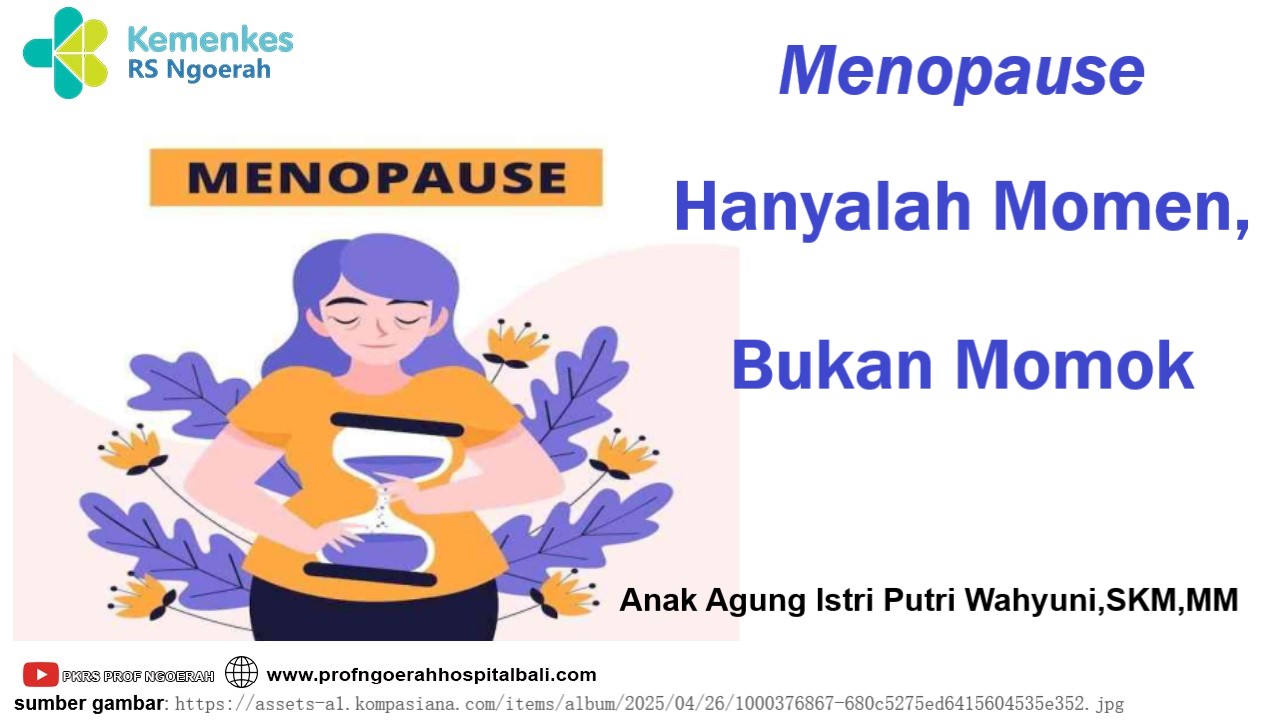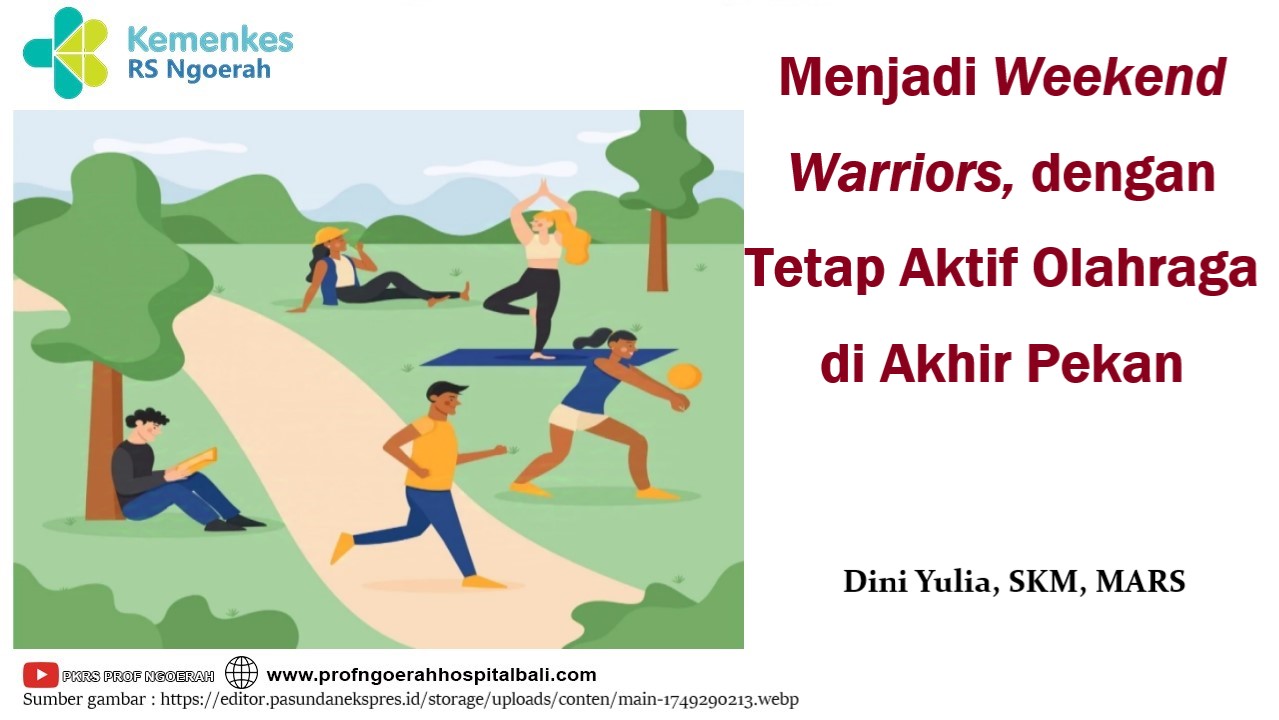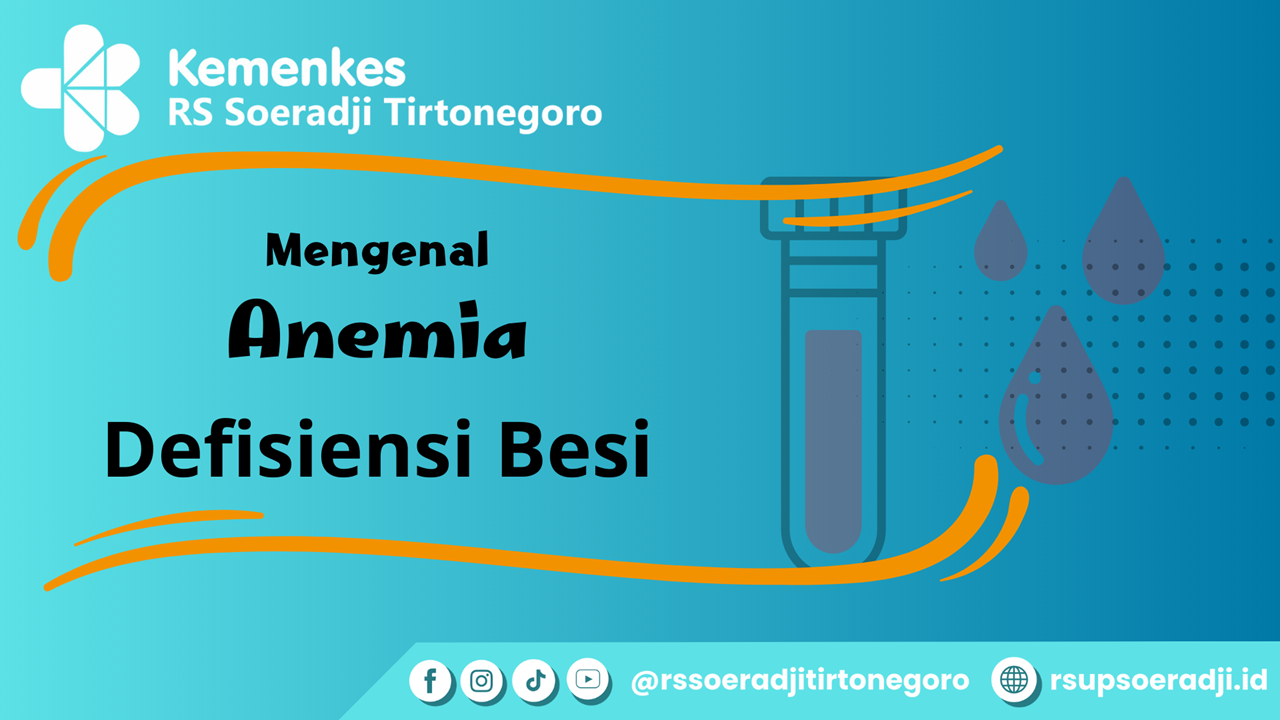Teh dan Manfaatnya Bagi Jantung

Daun teh diperoleh dari tanaman Camillia Sinensis. Berdasarkan bagaimana daunnya diproses, Tiga jenis teh paling populer yang dikonsumsi di seluruh dunia,yaitu: teh hijau tanpa fermentasi, teh oolong yang difermentasi sebagian, dan teh hitam yang difermentasi. <!--[if supportFields]>ADDIN CSL_CITATION {"citationItems":[{"id":"ITEM-1","itemData":{"DOI":"10.1016/j.phrs.2011.03.009.Tea","ISBN":"6176321972","ISSN":"15378276","PMID":"1000000221","abstract":"Over the past 40 years, rigorous examination of brain function, structure, and attending factors through multidisciplinary research has helped identify the substrates of alcohol-related damage in the brain. One main area of this research has focused on the neuropsychological sequelae of alcoholism, which has resulted in the description of a pattern of sparing and impairment that provided an essential understanding of the functional deficits as well as of spared capabilities that could be useful in recovery. These studies have elucidated the component processes of memory, problem solving, and cognitive control, as well as visuospatial, and motor processes and their interactions with cognitive control processes. Another large area of research has focused on observable brain pathology, using increasingly sophisticated imaging technologies—progressing from pneumoencephalography to computed tomography, magnetic resonance imaging (MRI), diffusion tensor imaging, and functional MRI—that have enabled ever more detailed insight into brain structure and function. These advancements also have allowed analysis of the course of brain structural changes through periods of drinking, abstinence, and relapse. Keywords","author":[{"dropping-particle":"","family":"Ng Chee Ping","given":"","non-dropping-particle":"","parse-names":false,"suffix":""}],"container-title":"Bone","id":"ITEM-1","issue":"1","issued":{"date-parts":[["2013"]]},"page":"1-7","title":"?????NIH Public Access","type":"article-journal","volume":"23"},"uris":["https://www.mendeley.com/documents/?uuid=ac71b615-f983-46b5-9b3c-678de436ca95"]}],"mendeley":{"formattedCitation":"(1)","plainTextFormattedCitation":"(1)","previouslyFormattedCitation":"(1)"},"properties":{"noteIndex":0},"schema":"https://github.com/citation-style-language/schema/raw/master/csl-citation.json"}<![endif]-->(1)<!--[if supportFields]><![endif]--><!--[if supportFields]>ADDIN CSL_CITATION {"citationItems":[{"id":"ITEM-1","itemData":{"DOI":"10.1016/j.fshw.2021.12.034","ISSN":"22134530","abstract":"The findings of various epidemiological studies, interventions using randomized controlled trials and mechanistic experiments have suggested a protective role of tea and its bioactive components in cardiovascular health. The potential of tea in the prevention of cardiovascular diseases (CVDs) has therefore attracted increasing research interest. Polyphenols, in particular ?avonoids, found in both green and black tea, have been suggested to play a primary role in the reduction of CVD risk. While promising results regarding the effects of tea on blood pressure and other CVD-related biomarkers have been found in preclinical experiments, the effects demonstrated in human studies are modest and less satisfactory. This discrepancy may be explained, at least in part, by different research strategies used in human and animal research. However, since tea is globally one of the most commonly consumed beverages, even small beneficial effects in humans may shift the population distribution of CVD risk, with major implications for public health. However, research conducted to date does not yield sufficiently robust evidence to allow a recommendation as to an optimal level of tea consumption as an element of health policies seeking to prevent hypertension and improve cardiovascular health.","author":[{"dropping-particle":"","family":"Lange","given":"Klaus W.","non-dropping-particle":"","parse-names":false,"suffix":""}],"container-title":"Food Science and Human Wellness","id":"ITEM-1","issue":"3","issued":{"date-parts":[["2022"]]},"page":"445-454","title":"Tea in cardiovascular health and disease: a critical appraisal of the evidence","type":"article-journal","volume":"11"},"uris":["https://www.mendeley.com/documents/?uuid=25e7c84f-b18b-40a2-9758-3dc89e0502e3"]}],"mendeley":{"formattedCitation":"(2)","plainTextFormattedCitation":"(2)"},"properties":{"noteIndex":0},"schema":"https://github.com/citation-style-language/schema/raw/master/csl-citation.json"}<![endif]-->(2)<!--[if supportFields]><![endif]--> Penggunaan teh oleh manusia yang sebagian besar dikarenakan nilai medisnya telah ditunjukan pada catatan dari abad ke-10 SM(1).<!--[if supportFields]><![endif]-->
Teh dikaitkan dengan risiko penyakit Jantung dan pembuluh darah, baik secara positif maupun negatif.<!--[if supportFields]>ADDIN CSL_CITATION {"citationItems":[{"id":"ITEM-1","itemData":{"DOI":"10.1039/c2fo10288a","ISSN":"20426496","PMID":"22456725","author":[{"dropping-particle":"","family":"Bønn","given":"Siv K.","non-dropping-particle":"","parse-names":false,"suffix":""},{"dropping-particle":"","family":"Ward","given":"Natalie C.","non-dropping-particle":"","parse-names":false,"suffix":""},{"dropping-particle":"","family":"Hodgson","given":"Jonathan M.","non-dropping-particle":"","parse-names":false,"suffix":""},{"dropping-particle":"","family":"Croft","given":"Kevin D.","non-dropping-particle":"","parse-names":false,"suffix":""}],"container-title":"Food and Function","id":"ITEM-1","issue":"6","issued":{"date-parts":[["2012"]]},"page":"575-591","title":"Effects of tea and coffee on cardiovascular disease risk","type":"article-journal","volume":"3"},"uris":["https://www.mendeley.com/documents/?uuid=9dfa5a4b-10b8-4361-a4b6-25c920bbf792"]}],"mendeley":{"formattedCitation":"(3)","plainTextFormattedCitation":"(3)","previouslyFormattedCitation":"(2)"},"properties":{"noteIndex":0},"schema":"https://github.com/citation-style-language/schema/raw/master/csl-citation.json"}<![endif]-->(3)<!--[if supportFields]><![endif]--> Penelitian terbaru tentang alternatif kopi menunjukkan setidaknya secangkir teh sehari dapat membantu tubuh Anda dekat dengan "kolesterol baik" yang membantu jantung seiring bertambahnya usia. (4)
Sebuah penelitian memberi kesan lebih banyak teh dapat menurunkan risiko penyakit jantung dan stroke secara signifikan dengan mengurangi low-density lipoprotein, atau LDL, kolesterol "jahat" yang dapat menumpuk di pembuluh darah arteri. <!--[if supportFields]>ADDIN CSL_CITATION {"citationItems":[{"id":"ITEM-1","itemData":{"DOI":"10.1016/j.phrs.2011.03.009.Tea","ISBN":"6176321972","ISSN":"15378276","PMID":"1000000221","abstract":"Over the past 40 years, rigorous examination of brain function, structure, and attending factors through multidisciplinary research has helped identify the substrates of alcohol-related damage in the brain. One main area of this research has focused on the neuropsychological sequelae of alcoholism, which has resulted in the description of a pattern of sparing and impairment that provided an essential understanding of the functional deficits as well as of spared capabilities that could be useful in recovery. These studies have elucidated the component processes of memory, problem solving, and cognitive control, as well as visuospatial, and motor processes and their interactions with cognitive control processes. Another large area of research has focused on observable brain pathology, using increasingly sophisticated imaging technologies—progressing from pneumoencephalography to computed tomography, magnetic resonance imaging (MRI), diffusion tensor imaging, and functional MRI—that have enabled ever more detailed insight into brain structure and function. These advancements also have allowed analysis of the course of brain structural changes through periods of drinking, abstinence, and relapse. Keywords","author":[{"dropping-particle":"","family":"Ng Chee Ping","given":"","non-dropping-particle":"","parse-names":false,"suffix":""}],"container-title":"Bone","id":"ITEM-1","issue":"1","issued":{"date-parts":[["2013"]]},"page":"1-7","title":"?????NIH Public Access","type":"article-journal","volume":"23"},"uris":["https://www.mendeley.com/documents/?uuid=ac71b615-f983-46b5-9b3c-678de436ca95"]}],"mendeley":{"formattedCitation":"(1)","plainTextFormattedCitation":"(1)","previouslyFormattedCitation":"(1)"},"properties":{"noteIndex":0},"schema":"https://github.com/citation-style-language/schema/raw/master/csl-citation.json"}<![endif]-->(1)<!--[if supportFields]><![endif]--> Data epidemiologi menunjukkan bahwa teh hitam dan teh hijau dapat mengurangi risiko penyakit jantung koroner dan stroke antara 10 dan 20%.<!--[if supportFields]>ADDIN CSL_CITATION {"citationItems":[{"id":"ITEM-1","itemData":{"DOI":"10.1039/c2fo10288a","ISSN":"20426496","PMID":"22456725","author":[{"dropping-particle":"","family":"Bønn","given":"Siv K.","non-dropping-particle":"","parse-names":false,"suffix":""},{"dropping-particle":"","family":"Ward","given":"Natalie C.","non-dropping-particle":"","parse-names":false,"suffix":""},{"dropping-particle":"","family":"Hodgson","given":"Jonathan M.","non-dropping-particle":"","parse-names":false,"suffix":""},{"dropping-particle":"","family":"Croft","given":"Kevin D.","non-dropping-particle":"","parse-names":false,"suffix":""}],"container-title":"Food and Function","id":"ITEM-1","issue":"6","issued":{"date-parts":[["2012"]]},"page":"575-591","title":"Effects of tea and coffee on cardiovascular disease risk","type":"article-journal","volume":"3"},"uris":["https://www.mendeley.com/documents/?uuid=9dfa5a4b-10b8-4361-a4b6-25c920bbf792"]}],"mendeley":{"formattedCitation":"(3)","plainTextFormattedCitation":"(3)","previouslyFormattedCitation":"(2)"},"properties":{"noteIndex":0},"schema":"https://github.com/citation-style-language/schema/raw/master/csl-citation.json"}<![endif]-->(3)<!--[if supportFields]><![endif]-->
Baik teh hijau maupun teh hitam keduanya kaya akan polifenol dan katekin, dua senyawa antioksidan yang dikenal karena sifat anti-inflamasinya, namun teh hijau memiliki efek yang sedikit lebih kuat daripada teh hitam (4).
Masih tidak diketahui pasti efek teh pada high-density lipoprotein, atau HDL,yaitu kolesterol “baik” yang membantu dalam menurunkan LDL sang kolesterol "jahat". Beberapa penelitian menemukan bahwa teh secara signifikan meningkatkan HDL, sementara yang lain tidak menemukan akibat dalam meningkatkan HDL sama sekali. <!--[if supportFields]>ADDIN CSL_CITATION {"citationItems":[{"id":"ITEM-1","itemData":{"DOI":"10.1039/c2fo10288a","ISSN":"20426496","PMID":"22456725","author":[{"dropping-particle":"","family":"Bønn","given":"Siv K.","non-dropping-particle":"","parse-names":false,"suffix":""},{"dropping-particle":"","family":"Ward","given":"Natalie C.","non-dropping-particle":"","parse-names":false,"suffix":""},{"dropping-particle":"","family":"Hodgson","given":"Jonathan M.","non-dropping-particle":"","parse-names":false,"suffix":""},{"dropping-particle":"","family":"Croft","given":"Kevin D.","non-dropping-particle":"","parse-names":false,"suffix":""}],"container-title":"Food and Function","id":"ITEM-1","issue":"6","issued":{"date-parts":[["2012"]]},"page":"575-591","title":"Effects of tea and coffee on cardiovascular disease risk","type":"article-journal","volume":"3"},"uris":["https://www.mendeley.com/documents/?uuid=9dfa5a4b-10b8-4361-a4b6-25c920bbf792"]}],"mendeley":{"formattedCitation":"(3)","plainTextFormattedCitation":"(3)","previouslyFormattedCitation":"(2)"},"properties":{"noteIndex":0},"schema":"https://github.com/citation-style-language/schema/raw/master/csl-citation.json"}<![endif]-->(3)<!--[if supportFields]><![endif]--> Namun nampaknya teh memiliki efek untuk memperlambat penurunan alami HDL yang terjadi selama penuaan(4) Hubungan antara konsumsi teh yang lebih besar dan penurunan HDL yang lebih lambat tampak paling jelas pada pria dan pada orang berusia enam puluh tahun dan/atau diatasnya, yang dimana populasi tersebut biasanya memiliki faktor risiko penyakit jantung dan pembuluh darah yang lebih tinggi, seperti penggunaan tembakau, indeks massa tubuh yang lebih besar, dan tingkat aktivitas fisik yang rendah. <!--[if supportFields]>ADDIN CSL_CITATION {"citationItems":[{"id":"ITEM-1","itemData":{"DOI":"10.1039/c2fo10288a","ISSN":"20426496","PMID":"22456725","author":[{"dropping-particle":"","family":"Bønn","given":"Siv K.","non-dropping-particle":"","parse-names":false,"suffix":""},{"dropping-particle":"","family":"Ward","given":"Natalie C.","non-dropping-particle":"","parse-names":false,"suffix":""},{"dropping-particle":"","family":"Hodgson","given":"Jonathan M.","non-dropping-particle":"","parse-names":false,"suffix":""},{"dropping-particle":"","family":"Croft","given":"Kevin D.","non-dropping-particle":"","parse-names":false,"suffix":""}],"container-title":"Food and Function","id":"ITEM-1","issue":"6","issued":{"date-parts":[["2012"]]},"page":"575-591","title":"Effects of tea and coffee on cardiovascular disease risk","type":"article-journal","volume":"3"},"uris":["https://www.mendeley.com/documents/?uuid=9dfa5a4b-10b8-4361-a4b6-25c920bbf792"]}],"mendeley":{"formattedCitation":"(3)","plainTextFormattedCitation":"(3)","previouslyFormattedCitation":"(2)"},"properties":{"noteIndex":0},"schema":"https://github.com/citation-style-language/schema/raw/master/csl-citation.json"}<![endif]-->(3)<!--[if supportFields]><![endif]-->
Referensi
Ng Chee Ping. ?????NIH Public Access. Bone. 2013;23(1):1–7.
Lange KW. Tea in cardiovascular health and disease: a critical appraisal of the evidence. Food Sci Hum Wellness. 2022;11(3):445–54.
Bønn SK, Ward NC, Hodgson JM, Croft KD. Effects of tea and coffee on cardiovascular disease risk. Food Funct. 2012;3(6):575–91.
Regular tea drinking might help your heart as you age, study suggests By American Heart Association News https://www.heart.org/en/news/2018/07/12/regular-tea-drinking-might-help-your-heart-as-you-age-study-suggests
Sumber gambar : canva.com
<!--[if supportFields]><![endif]-->







